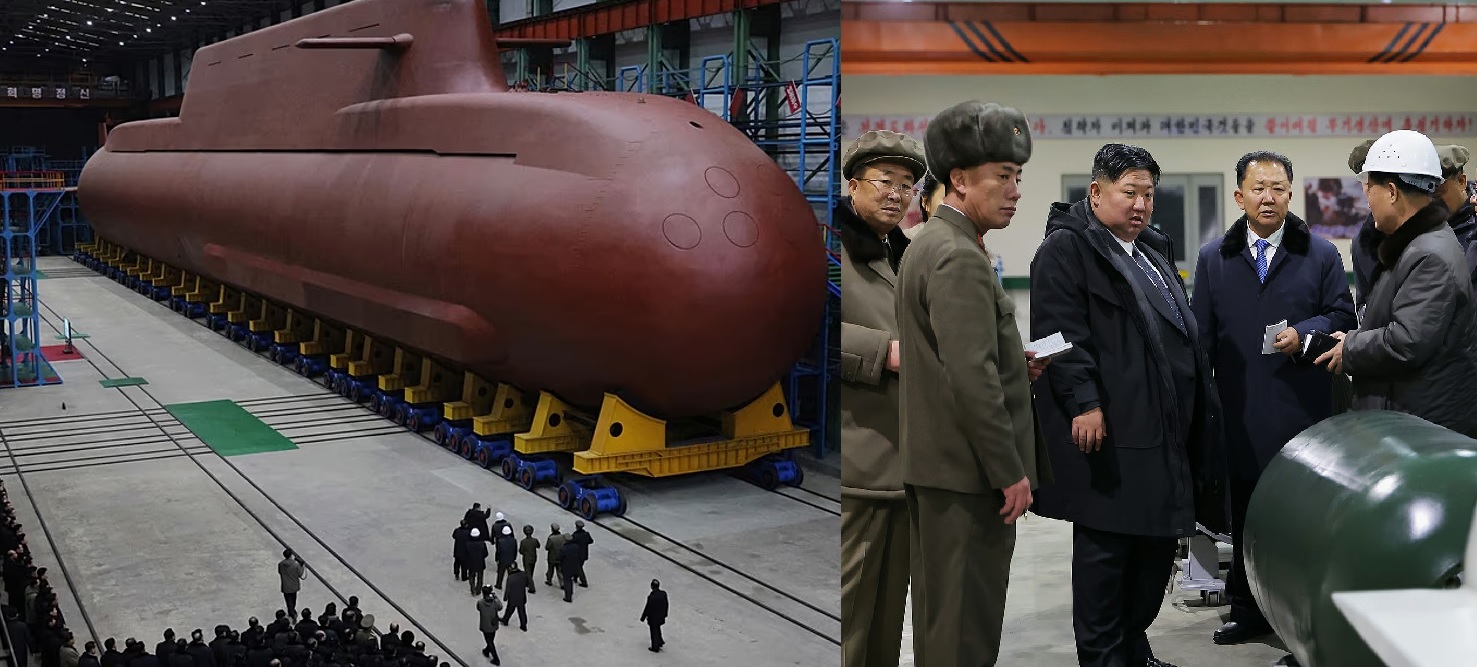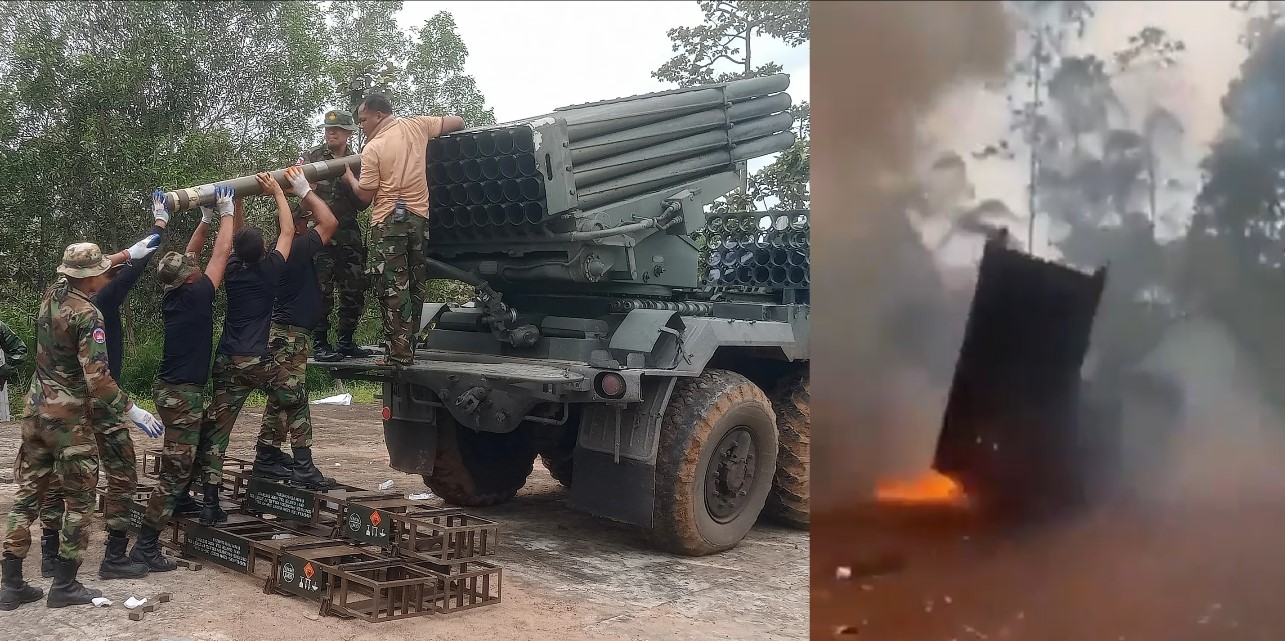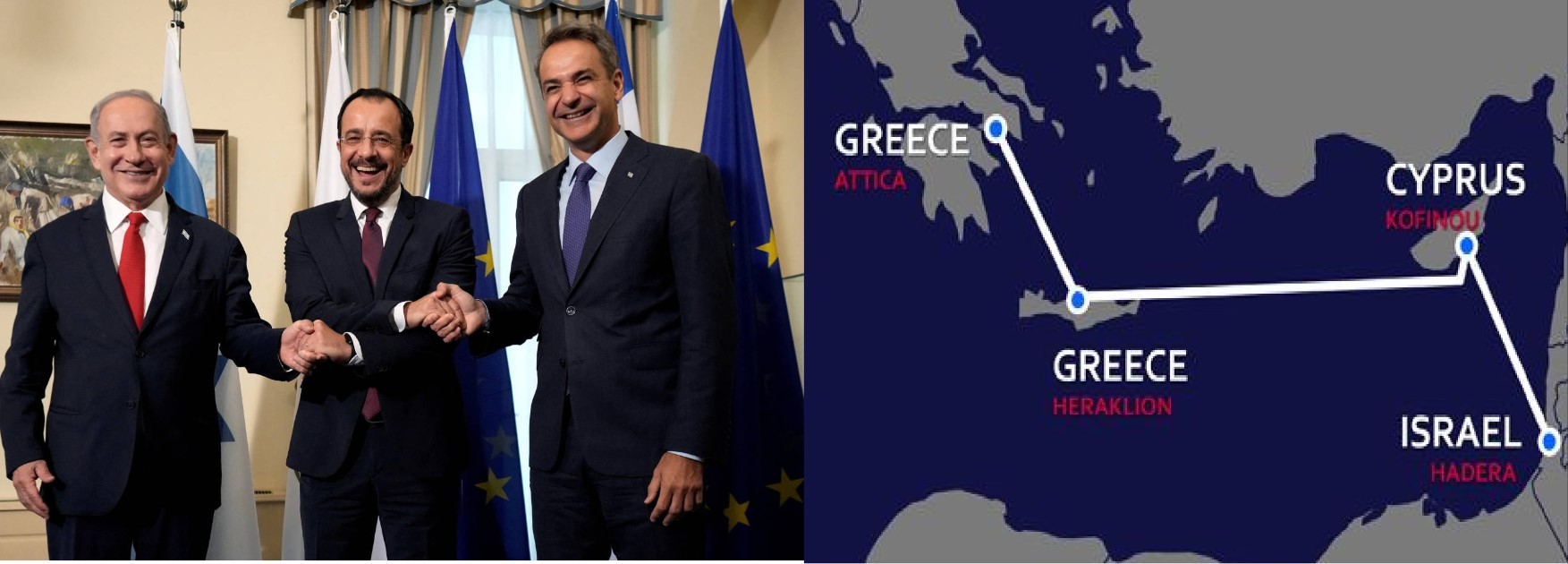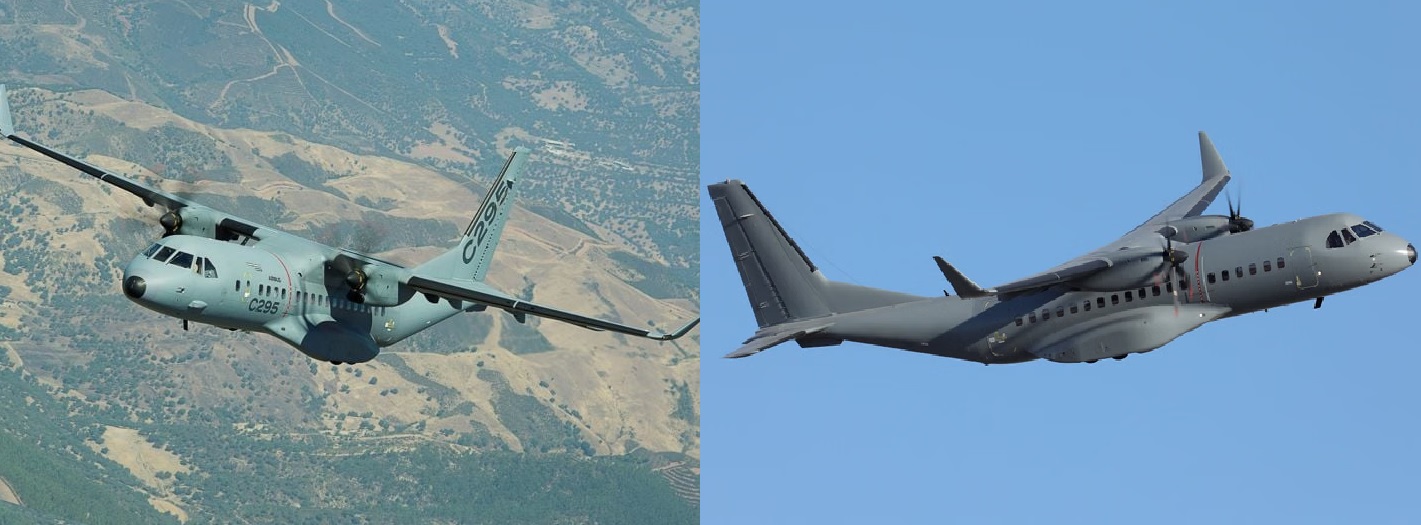Russia Considers Supplying Venezuela with the “Oreshnik” Missile System — Why It Matters
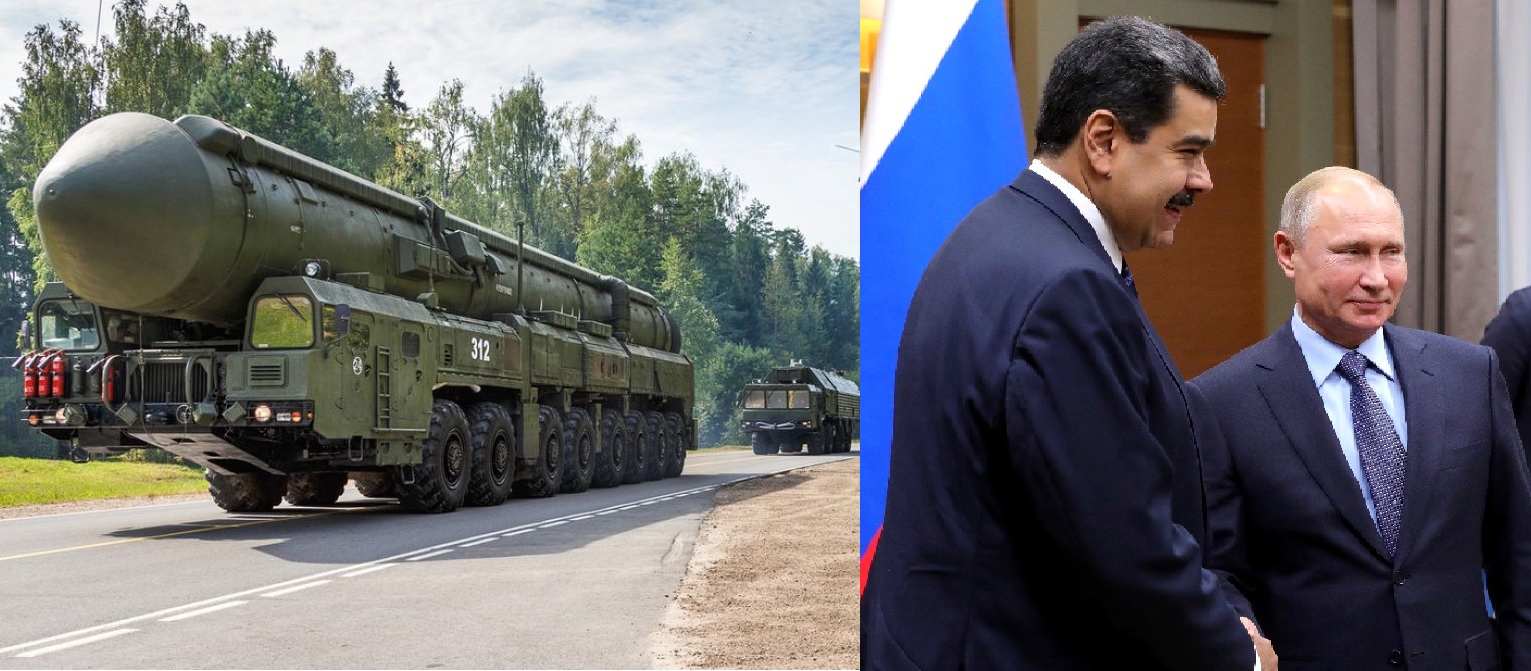
Russian lawmaker Alexei Zhuravlev, a senior member of the State Duma’s Defense Committee, stated that Moscow is supplying weapons to Venezuela and sees “no obstacles” to sending the Oreshnik missile system to President Nicolás Maduro’s government. His remarks, first reported by Russian and European defense outlets, have drawn international attention — not just for what they reveal about deepening Moscow–Caracas ties, but also for what they imply about missile proliferation in the Western Hemisphere.
A New-Class Russian Missile with Strategic Reach
The Oreshnik, a name derived from the Russian word for “hazelnut tree,” is one of Moscow’s newest and most closely guarded missile projects. Believed to have evolved from the earlier RS-26 Rubezh program, the system sits in the intermediate-range ballistic missile (IRBM) category, capable of striking targets up to 5,500 kilometers away with multiple warheads.
Reports from open sources, including Foreign Policy, RUSI, and Army Recognition, suggest the Oreshnik combines hypersonic speed—reaching up to Mach 10 in its terminal phase—with MIRV (Multiple Independently Targetable Reentry Vehicle) technology. This allows a single missile to deploy multiple warheads, each able to strike different targets, or release clusters of sub-munitions that overwhelm air defenses.
Such capabilities make it exceptionally difficult to intercept, even for advanced systems like the U.S. Aegis or THAAD. Analysts have described the Oreshnik as a hybrid between a ballistic and hypersonic weapon — optimized for rapid launch, high survivability, and unpredictable flight trajectories.
Why the Oreshnik Is So Special
The Oreshnik is significant for three main reasons:
-
Speed and Survivability:
Its hypersonic glide and maneuvering phase drastically reduce interception windows. In military terms, that means even a well-defended area can be hit before defensive radars can react. -
Payload Versatility:
Unlike older Russian IRBMs, the Oreshnik can carry either nuclear or conventional warheads. This dual-capability blurs the line between tactical and strategic deterrence — making adversaries uncertain about what type of warhead it carries at launch. -
Compact Mobility:
The missile is reportedly designed for road-mobile launchers, allowing it to be relocated or hidden easily — a major tactical advantage. A mobile IRBM stationed in Latin America would be far harder to track or pre-emptively neutralize.
Together, these features make the Oreshnik one of the most advanced missile systems Russia could theoretically export. Its transfer to a nation like Venezuela would mark the first time such a system entered the Western Hemisphere.
Why Venezuela Matters in This Equation
For Russia, supplying such systems to Venezuela carries clear strategic symbolism. Moscow has long viewed Caracas as one of its few steadfast partners in Latin America — a region the U.S. traditionally considers its own strategic backyard.
If deployed, even a small number of Oreshnik launchers could bring parts of the Caribbean, the Gulf of Mexico, and even southern U.S. territories within theoretical strike range. This would not only elevate Venezuela’s deterrent power but also serve as a political message to Washington — a reminder that Russia can project power near U.S. borders, much like NATO operates near Russia’s own frontiers.
For Maduro, the political calculus is clear. Amid growing domestic and international pressure, such an acquisition could signal military strength, national sovereignty, and a deeper partnership with Moscow. It would also diversify Venezuela’s defense portfolio, which already includes Russian S-300VM air-defense systems, Buk-M2E launchers, and Su-30MK2 fighters.
The MTCR Factor — And Why Venezuela’s Absence Matters
The Missile Technology Control Regime (MTCR), established in 1987, is a voluntary export-control framework designed to prevent the spread of missiles capable of delivering a 500 kg payload beyond 300 km. Russia joined the MTCR in 1995 and is expected to adhere to its export guidelines.
Venezuela, however, is not an MTCR member.
That absence has serious implications. Without MTCR membership, Venezuela faces no formal restriction or international scrutiny regarding the import of long-range missile systems. In practice, this means Russia could legally justify a transfer under its national export rules, even if doing so violates the spirit of MTCR principles.
Supplying an Oreshnik — a system that far exceeds MTCR’s 300 km threshold — to a non-MTCR nation would be one of the most provocative missile exports in recent history. It could trigger new sanctions, prompt regional arms races, and further erode global non-proliferation norms.
Strategic and Political Implications
If realized, the deal would represent more than just another arms sale. It would mark a strategic expansion of Russian missile influence into the Americas. For Washington, it would recall Cold War echoes of the Cuban Missile Crisis, though in a modern form involving precision guidance, hypersonic glide, and conventional deterrence.
Moreover, Venezuela’s acquisition would set a precedent — encouraging other non-MTCR states to pursue similar partnerships with Russia, Iran, or China. It would also complicate U.S. Southern Command’s defense planning, forcing attention and resources away from other theaters.
Even if the missiles are never transferred, the rhetoric alone accomplishes part of Moscow’s goal: demonstrating that Russia still has partners willing to host its advanced systems — and that Western pressure cannot fully isolate it.
The statement by Russian lawmaker Alexei Zhuravlev may be only a signal for now, but its implications are far-reaching. The Oreshnik missile system, with its hypersonic performance, MIRV capability, and strategic reach, represents a new class of threat — one that could reshape deterrence dynamics if it ever reaches Venezuela.
And because Venezuela is not bound by the MTCR, such a transfer would bypass traditional export-control norms, potentially igniting a new chapter of missile politics in the Western Hemisphere.
Even without a launch, the idea of Oreshnik in Caracas is enough to shift how the world views both Russian intent and the fragility of international non-proliferation systems.
✍️ This article is written by the team of The Defense News.

